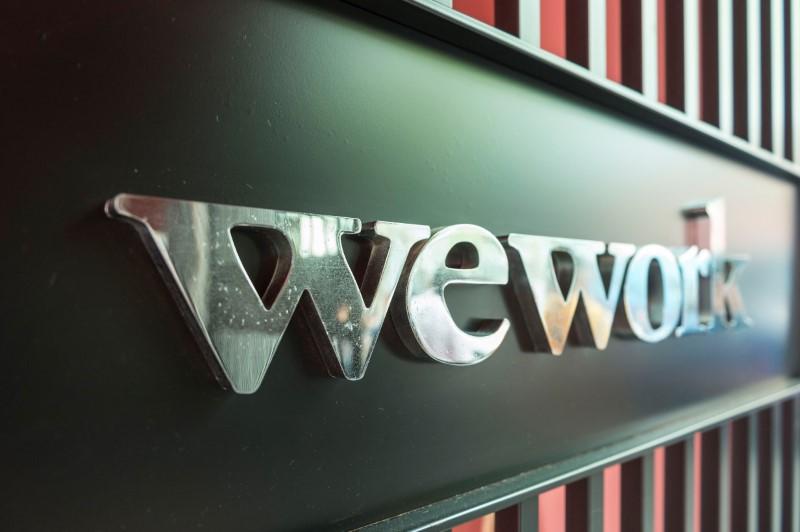For years, OPEC ignored the rise of the U.S. shale industry and came to regret its mistake. Now, the group is making another bold gamble on America’s oil revolution: that its golden age is over. When the Organization of Petroleum Exporting Countries meets this week, ministers will discuss whether to extend their current output target, rather than reduce it, according to people familiar with the internal debate. The reason? They believe relentless U.S. oil production growth will slow rapidly next year.
OPEC isn’t alone. Across the industry, oil traders and executives believe U.S. production will grow less in 2020 than this year, and at a significantly slower rate than in 2018. On paper, the cartel has the oil market under control.




